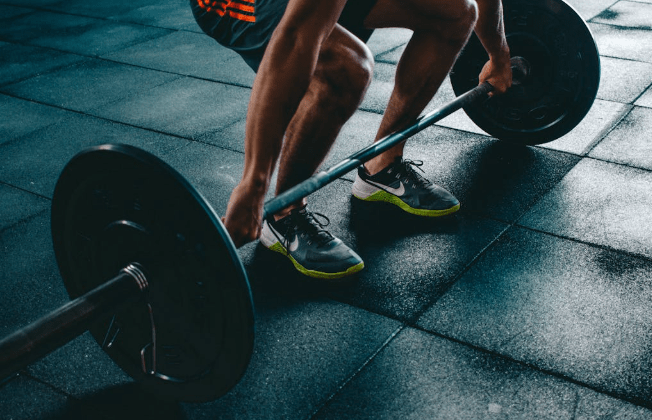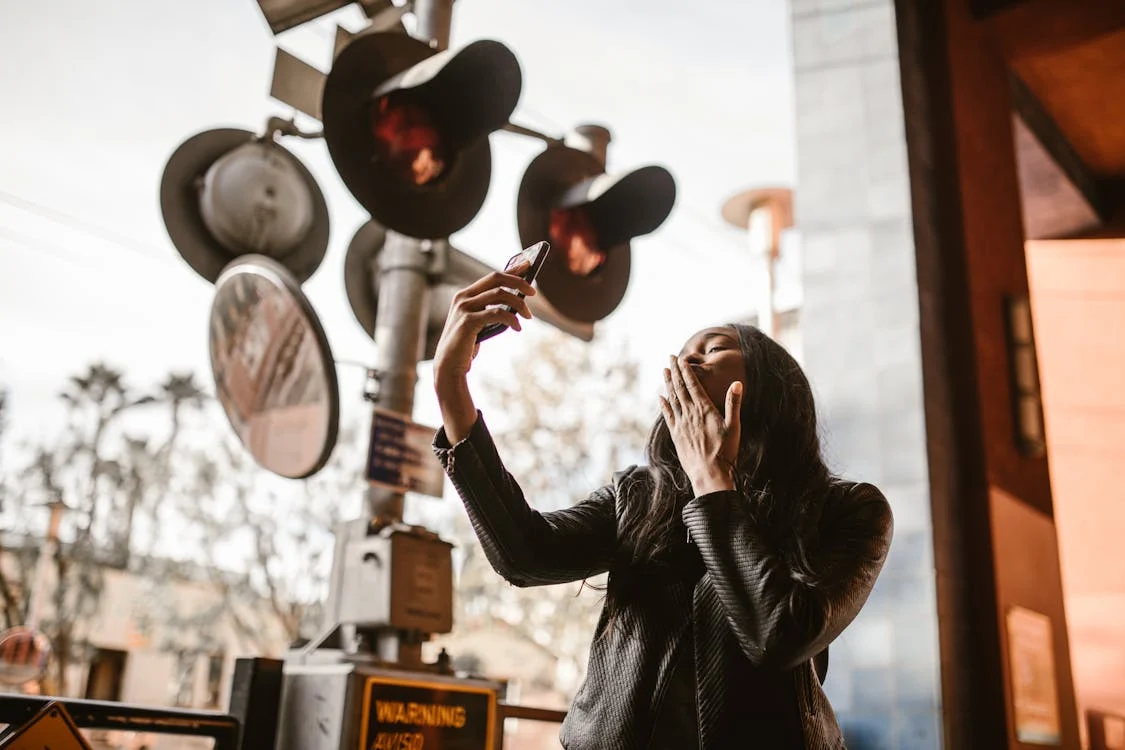Utilise stay-at-home time with some paint work project

Adding a fresh coat of paint to your home is a great home DIY project to complete during the stay-at-home period.
Unless you work for an essential business, you’re probably under the state mandated stay-at-home order.
This means that you probably have more time in your hands to tackle home-improvement projects.
Painting your home’s interior and exterior surfaces can be a fun and interesting activity to partake.
This is the best time to spruce up your house with a fresh coat of paint. And it is a fun activity for the entire family; from the selection of the colours, buying the paint, and the whole process of painting your surfaces.
Basco Paints managing director, Kamlesh Shah says in order to do a professional job with good end-result, here are tips that can help you achieve this;
Consider the purpose of the room
Depending on the use of the room, think about the colours that will best suit these rooms, for example, utilising warm shades for internal spaces, such as bedrooms, children’s nurseries, living rooms, kitchens, and busy household areas.
Remember the quality of paint you use also goes a long way in terms of paint durability and bringing the room to life.
Do not use low-quality tools
Do not compromise on the types and quality of brushes brushes and rollers to use.
If you bought a cheap brush, roller and sheet to cover the floor and a cheap pan for the paint, it’s not going to actually affect the paint on the walls, right? Wrong!
The bristles are going to easily come off into the wall giving you a super messy surface. The paint is either not going to stick to the bristles or it is going to soak right into the bristles.
Either way, you are stuck with a mess and a half. The same thing goes for rollers, those little fuzzy pieces of fluff can go all over your brand new painted wall.
Make sure you buy proper quality tools, including drop cloths and plastic sheeting because they will keep your floors paint-free.
Always bear in mind that you are not going to be painting the walls now and then, so consider the whole outlay of money on your painting endeavor as an investment made worthwhile.
Consider the weather
When it comes to painting interiors and exteriors, the weather is a huge factor that should not be overlooked at all.
When it’s humid, take advantage of slow-drying paint in order to correct any surface errors before you move onto the next coats of paint.
It is also advisable to avoid painting on rainy days as the surfaces may take longer to dry and have a high chance of the wet paint getting messed up.
Protect anything you don’t want to be painted
It is key that you cover your furniture, floors, cabinets, and hardware well before you begin your painting project.
Utilise masking tape to securely fasten the protection material to avoid paint dripping through the gaps.
Experts spend money on high-quality tape and so should you. Use a putty knife or mini scraper and not your finger to remove air bubbles and seal the edges to prevent drips and ensure sharp lines. It is also advisable to cover all light switches and outlet covers.
What you need
Remember to wear safety goggles and not your best clothing attire in case the paint splatters! It is key for you to have drop clothing, paintbrushes, rollers with a pole extension in order you reach higher surfaces, stir sticks, primer and paint can openers.
Another great tip is to start painting from the corners of the walls and create a ‘W’ pattern because it helps hide seams and any places where the roller has been lifted and put back on the wall again.












